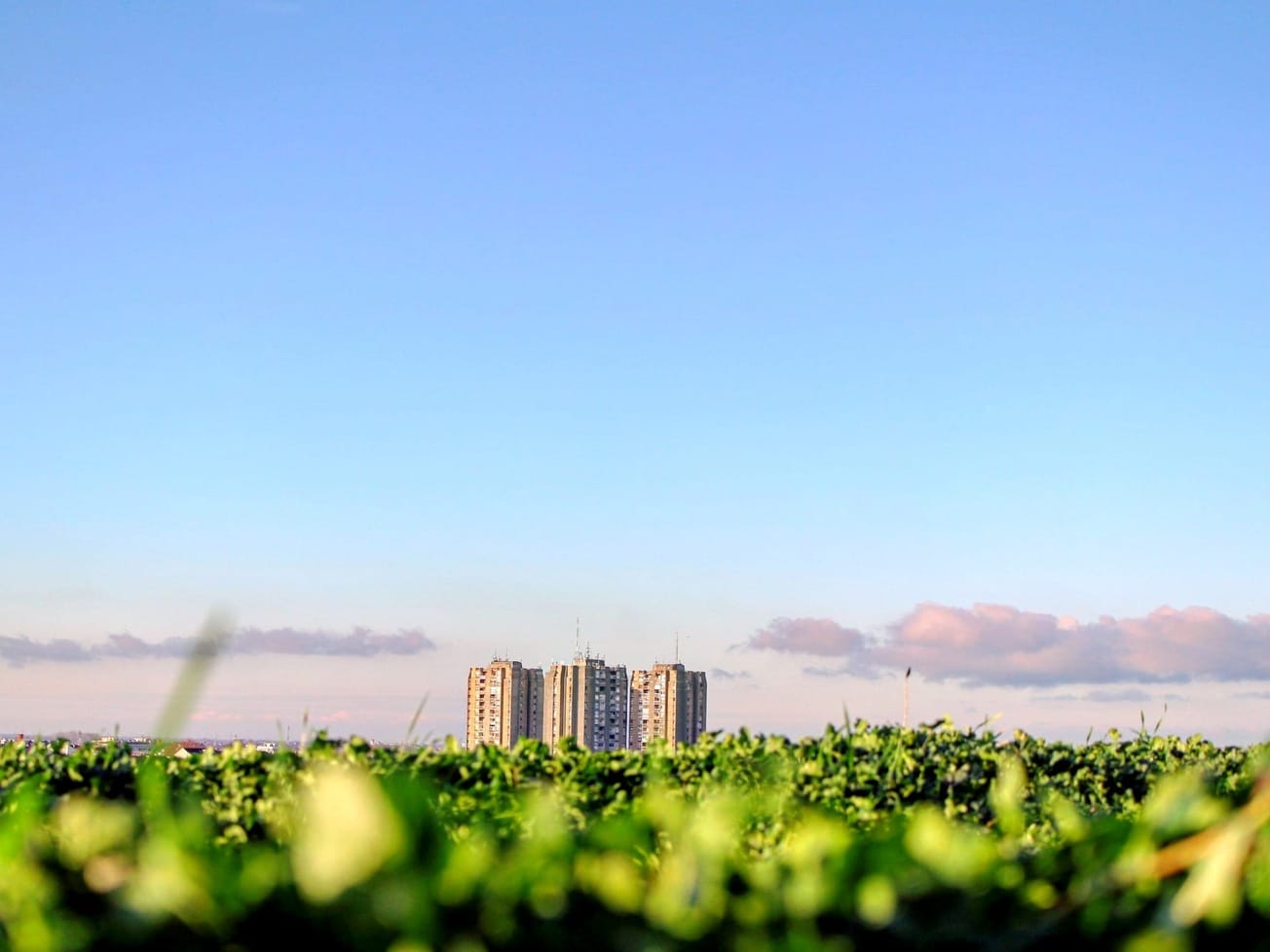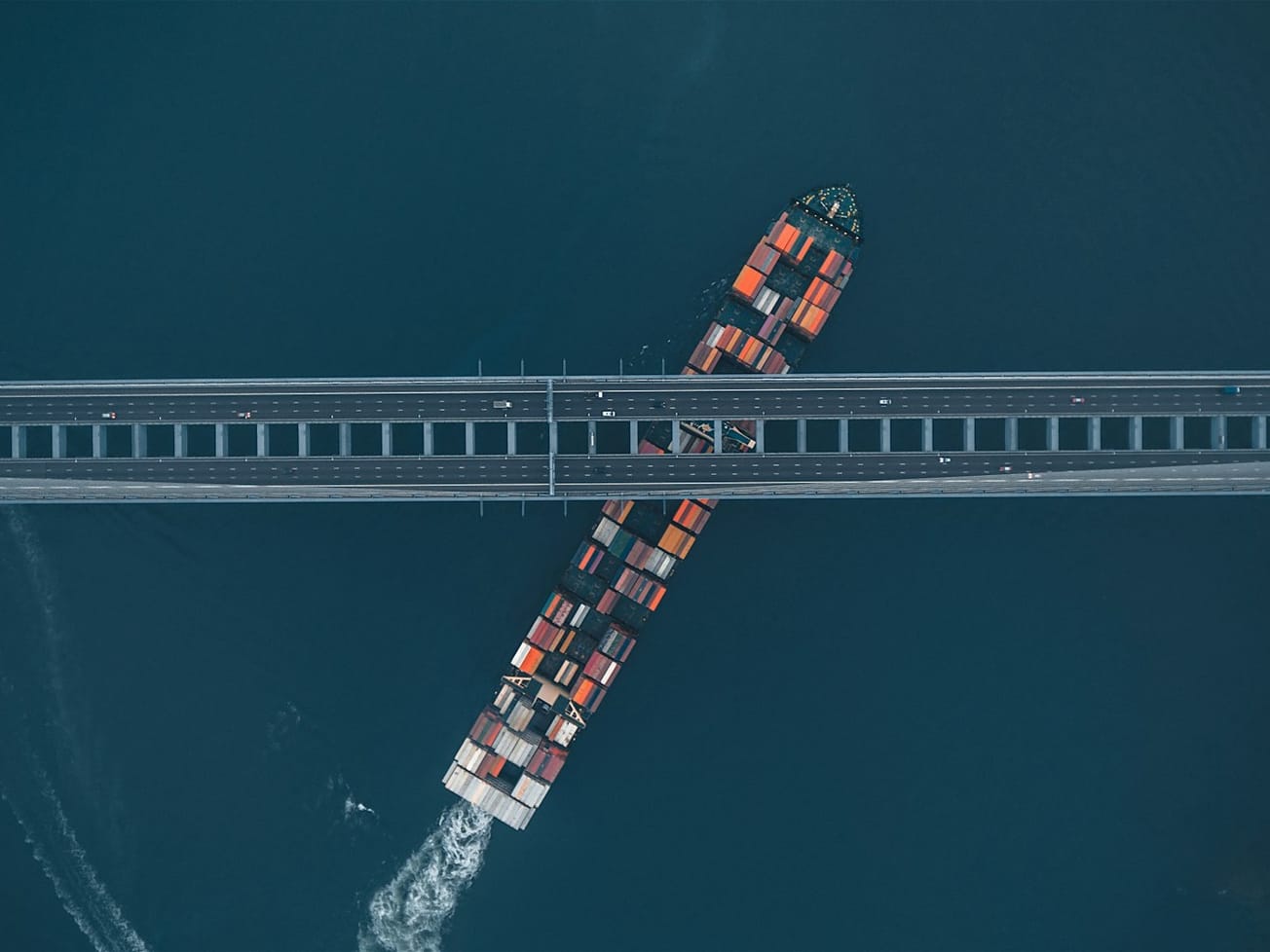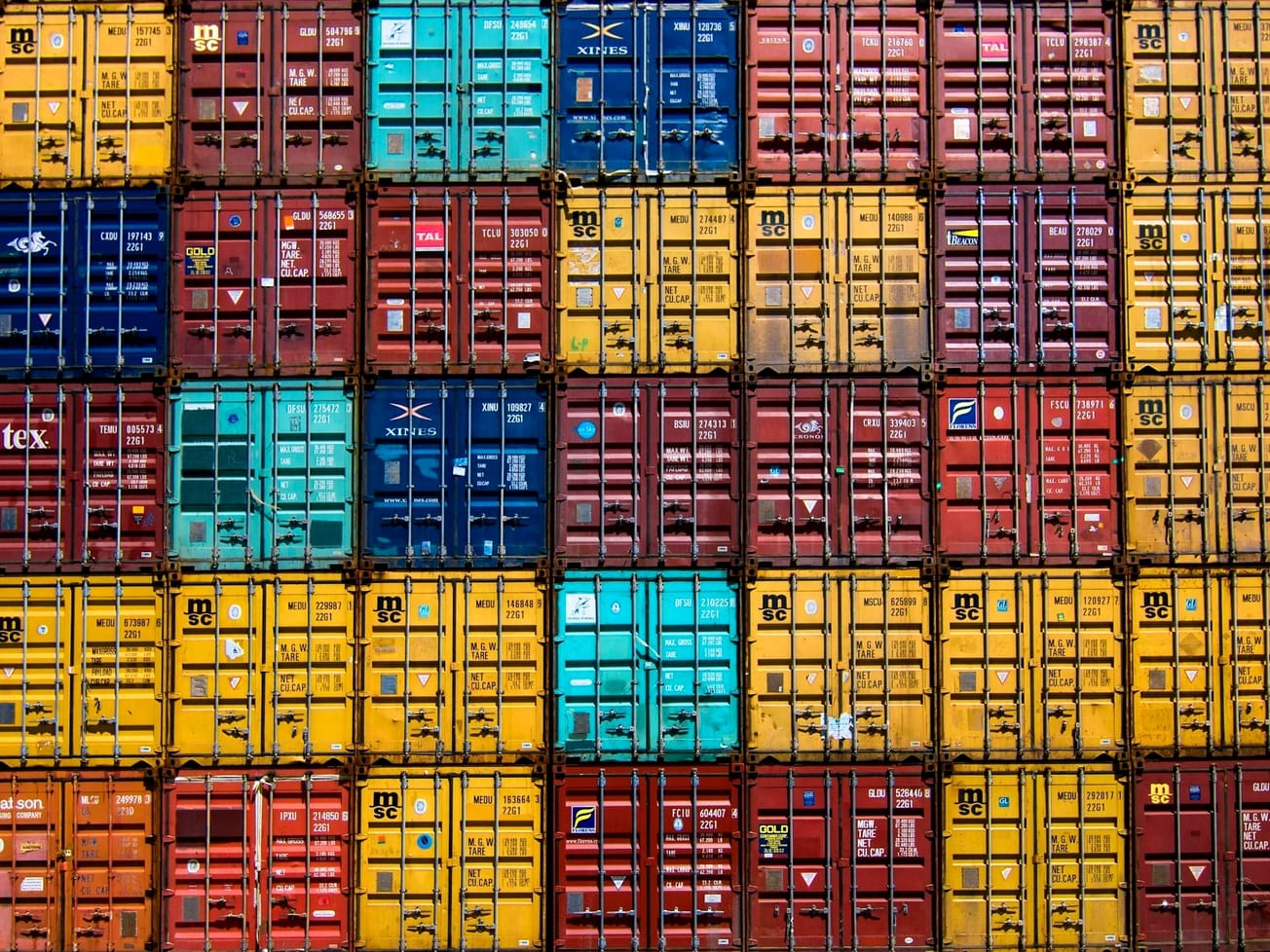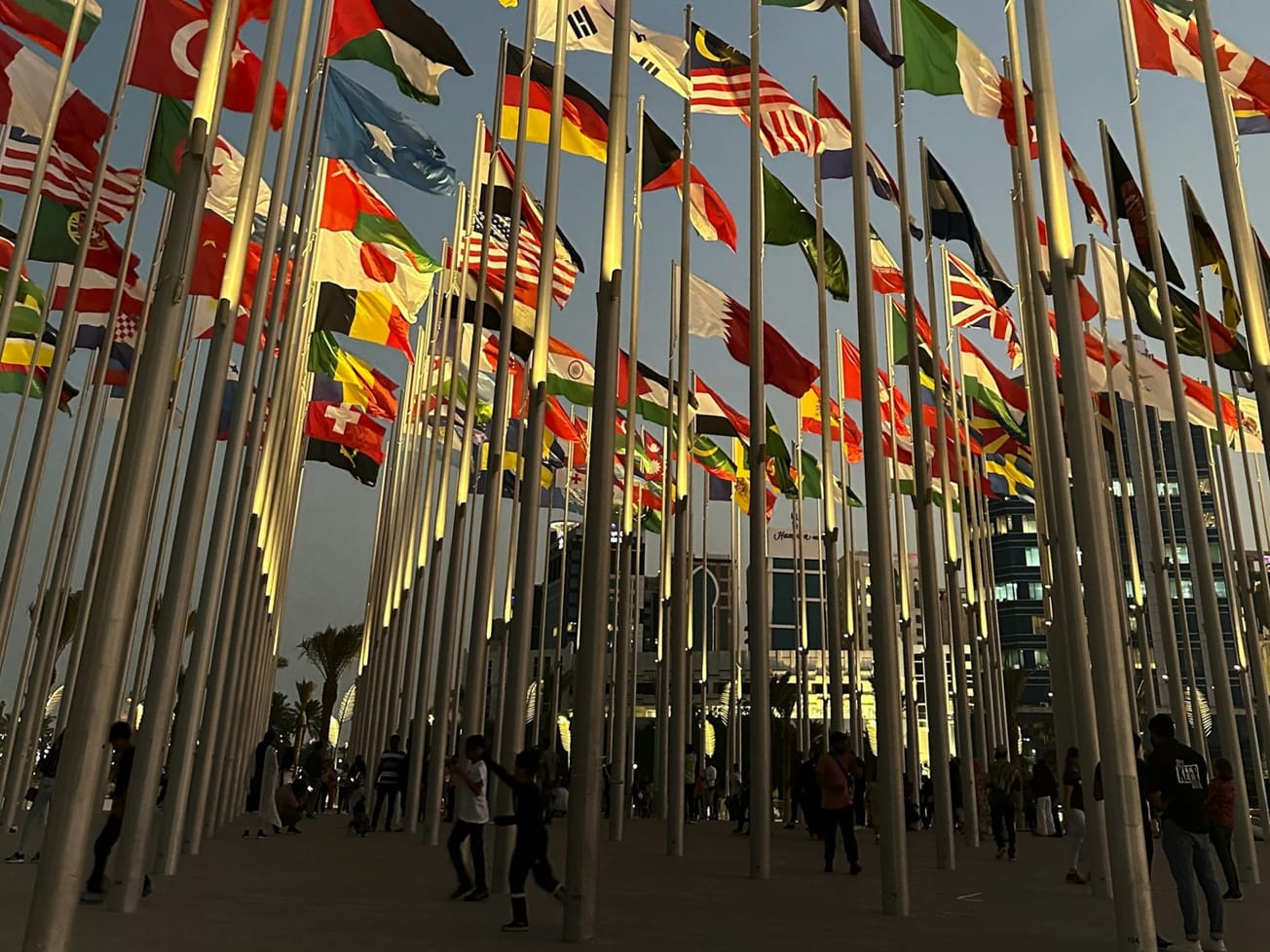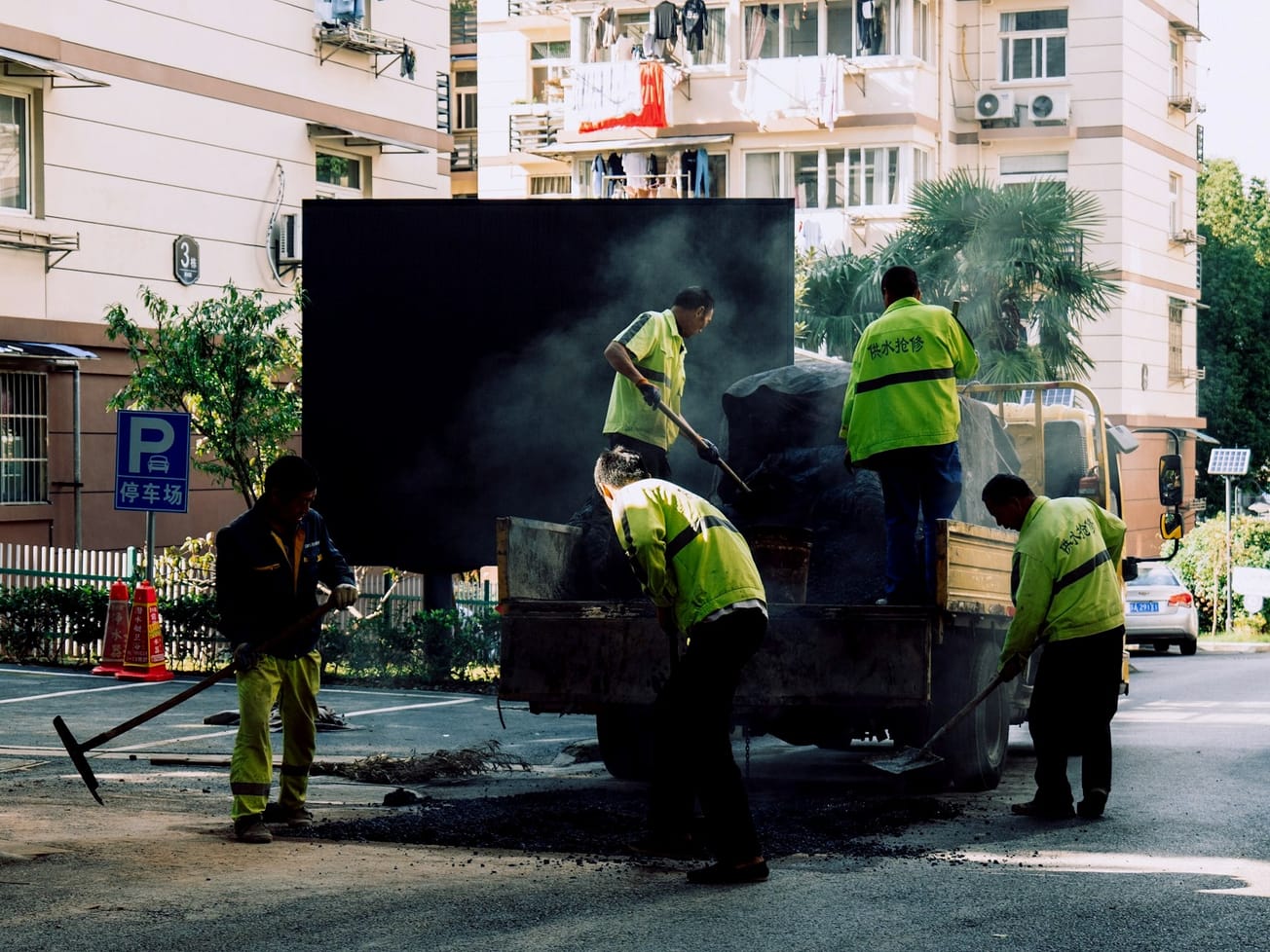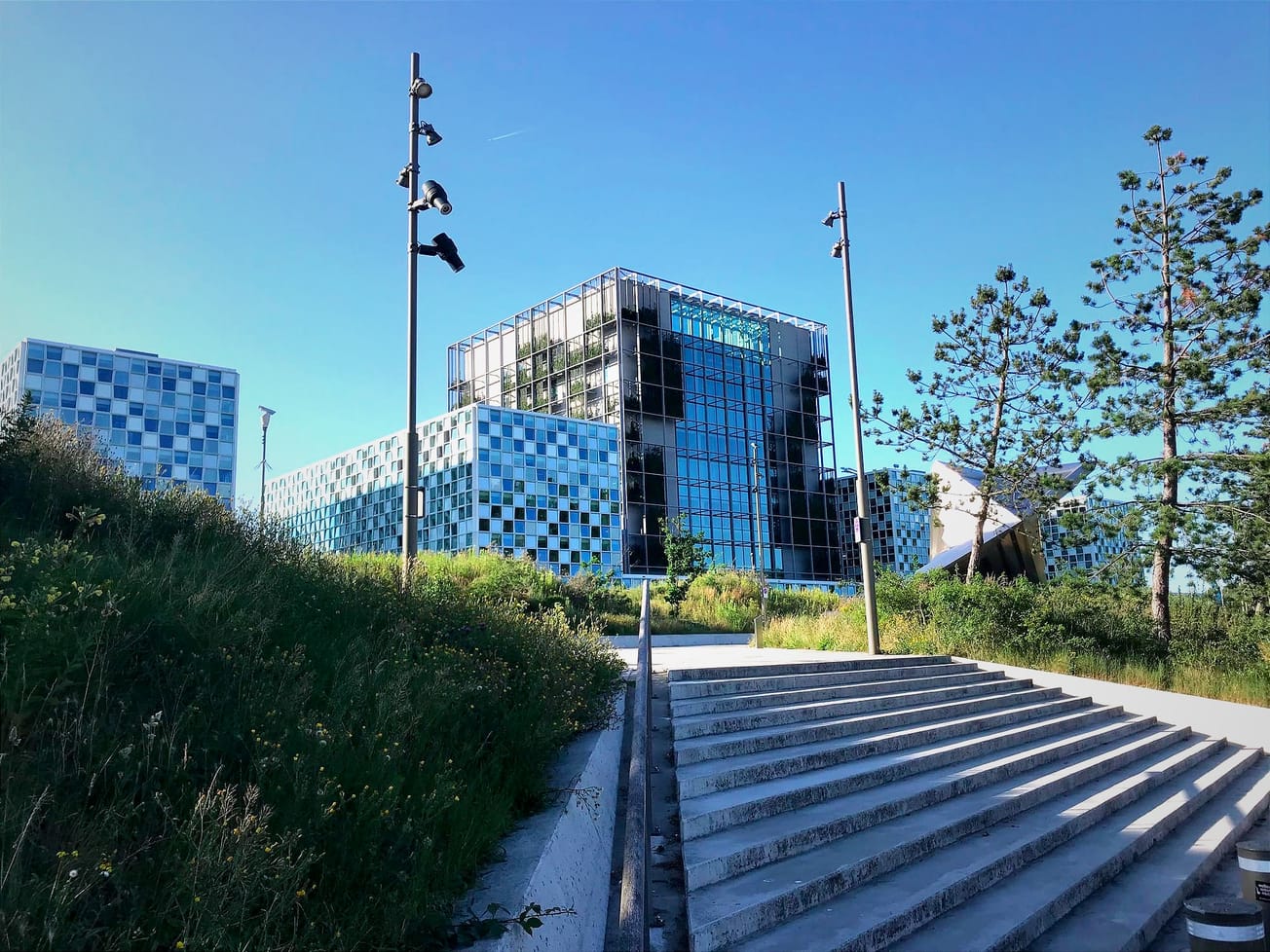There's been moderate improvement in global health, clean energy, infrastructure and gender equality, but most of the 17 Sustainable Development Goals likely won't be accomplished by 2030.
That's according to the "stark reality" laid out in the U.N.'s latest self-assessment on Monday. The Sustainable Development Goals Report 2025 shows just 35% of the goals' 169 targets are making "adequate progress," including 18% that are on track to be accomplished and 17% making more moderate progress.

